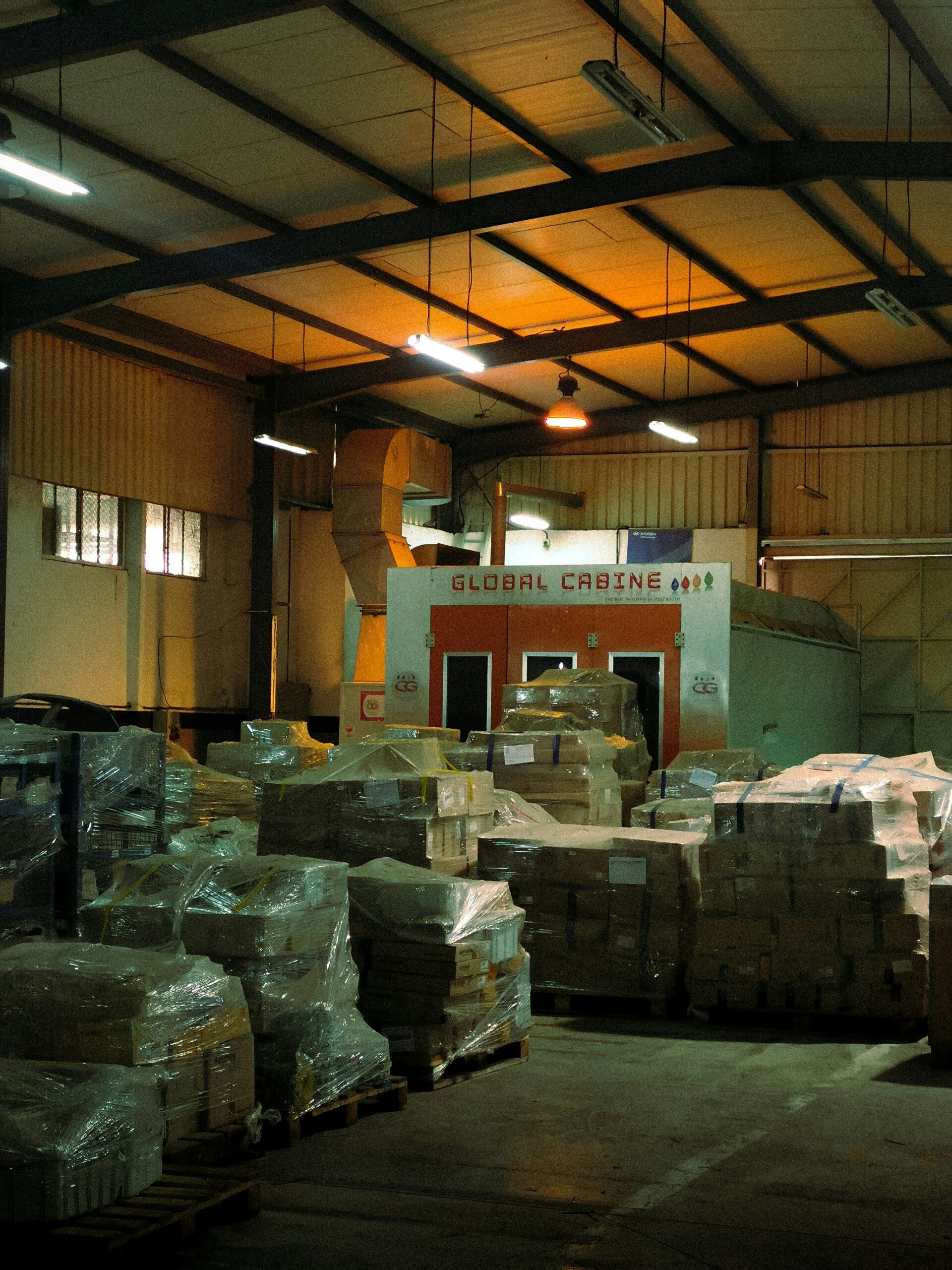
The demand for critical materials such as rare earth metals, lithium, and cobalt continues to rise, as does the need for high-tech products like electric vehicles, smartphones, and renewable energy systems.
However, securing a steady and reliable supply of these materials is becoming increasingly challenging due to geopolitical risks, environmental concerns, and market volatility. Building a secure and sustainable supply chain for critical materials is crucial to ensuring that industries can meet the growing demand while minimizing environmental impacts and maintaining supply chain resilience.
Understanding the Importance of a Secure Supply Chain
A secure supply chain for critical materials ensures a continuous, reliable flow of essential resources without interruptions or delays. These materials are fundamental to modern technologies, and any disruption in their supply can have widespread consequences.
For example, the shortage of rare earth metals essential for producing electric vehicle batteries and electronics can lead to delays in manufacturing, increased production costs, and slowed technological advancement.
A secure supply chain requires a steady supply of raw materials and efficient processing, transportation, and storage systems. By investing in infrastructure, streamlining processes, and diversifying supply sources, industries can minimize the risks associated with disruptions, such as geopolitical tensions.
This ensures that companies can continue to meet demand cost-effectively without compromising the quality of their products.
Additionally, securing the supply of critical materials involves understanding and mitigating the risks associated with over-reliance on single-source suppliers. Many critical materials are concentrated in a few regions, making global supply chains vulnerable to disruptions in those areas.
By establishing multiple sourcing options and localizing processing facilities, companies can build more resilient supply chains that are less susceptible to external shocks.
The Role of Sustainability in Material Sourcing
Sustainability is key to building a secure supply chain for critical materials. As demand for these materials increases, so does the environmental impact associated with their extraction. For example, mining for rare earth metals can result in deforestation, water contamination, and soil erosion, which can have long-lasting ecological effects.
Therefore, sustainable sourcing practices are essential to ensure the supply chain remains secure without compromising the environment.
One approach to sustainability is implementing responsible mining practices. This includes ensuring that extraction activities do not damage ecosystems, reducing the carbon footprint of mining operations, and minimizing waste.
Additionally, companies should prioritize working with suppliers that adhere to environmental and ethical standards, such as those outlined in the OECD Due Diligence Guidance for Responsible Supply Chains.
Another strategy for promoting sustainability is increasing the recycling of critical materials. By developing technologies to efficiently recycle materials like lithium, cobalt, and rare earth metals from end-of-life products, industries can reduce the need for virgin resources and lessen the environmental impact of mining.
Recycling helps conserve resources and improves the overall sustainability of the supply chain by closing the loop and reducing waste.
Diversification of Supply Sources
Diversifying supply sources is one of the most effective ways to build a secure supply chain for critical materials. Many of the materials required for high-tech industries are concentrated in a few countries, creating vulnerabilities in the supply chain.
For example, China dominates the production of rare earth metals, while much of the world’s lithium is sourced from South America. This concentration of resources means that any disruption in these regions—whether due to political instability, trade restrictions, or natural disasters—can ripple effect on global supply chains.
Industries can reduce reliance on a single country or region by diversifying material sources and identifying new mining opportunities in other areas. This can be achieved through strategic partnerships, joint ventures, or investing in underdeveloped mining sites. Expanding the pool of suppliers helps ensure that companies have access to a steady supply of critical materials, regardless of disruptions in any region.
In addition to geographical diversification, companies should explore alternative materials and substitutes for scarce resources. Research into new materials or technologies that can replace rare earth metals or lithium is critical for reducing dependency on limited resources.
For example, developing sodium-ion batteries as a potential alternative to lithium-ion batteries could help decrease the pressure on lithium supply chains, making them more resilient to supply shortages.
Strengthening Infrastructure and Processing Capabilities
Companies must strengthen the infrastructure supporting material processing and transportation to ensure a secure and sustainable supply chain. This includes investing in local processing facilities, improving transportation networks, and ensuring that supply chain logistics are optimized for efficiency.
By localizing processing operations, companies can reduce the environmental impact of transportation, lower costs, and shorten lead times, making the supply chain more agile.
Midstream processing, which involves transforming raw materials into intermediate products suitable for downstream manufacturing, is a critical stage in the supply chain. By improving midstream processing efficiency, companies can streamline the movement of materials, reduce bottlenecks, and ensure that materials are processed promptly.
Additionally, investing in recycling technologies and enhancing the capacity to process recycled materials helps create a circular supply chain, reducing the need for new material extraction and promoting sustainability.
A well-developed and efficient infrastructure also enables companies to adapt to fluctuations in material demand. For instance, during material shortages, quickly ramping up processing capabilities or adjusting transportation routes can help prevent production delays and ensure that high-priority industries continue receiving the needed materials.
Collaboration Across Industries and Governments
Building a secure and sustainable supply chain for critical materials requires collaboration across multiple stakeholders, including industries, governments, and research institutions.
Governments play a crucial role in supporting the development of resilient supply chains by creating policies that encourage investment in sustainable mining practices, promote responsible sourcing, and provide incentives for recycling.
Public-private partnerships can also help fund research into alternative materials and new processing technologies, advancing innovation in the supply chain.
By working together, industries and governments can establish frameworks that support sustainable practices while ensuring that the flow of critical materials remains uninterrupted.